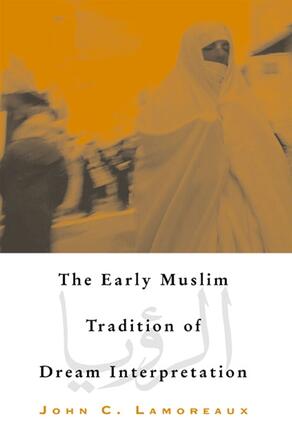
The Early Muslim Tradition of Dream Interpretation
Alternative formats available from:
Explores dream interpretation among the early Muslims, who saw dreams as a type of prophecy.
Description
Reportedly, the prophet Muhammad told his followers that after he was gone prophecy would come only through "true dreams." Based on this and other statements, early Muslims created what might be called a theology of dreams. Dreams were regarded as an important means used by God to guide the faithful, especially after the cessation of Koranic revelation. However, since these dreams were often symbolic, they required interpretation, and early Muslims wrote numerous manuals dedicated to deciphering their meaning. Utilizing manuscripts preserved in Middle Eastern mosques and libraries, this book offers the first comprehensive account of the early Muslim tradition of dream interpretation. In addition to describing how and when the tradition developed, author John C. Lamoreaux discusses the social context in which dream interpretation arose and its role in the intellectual life of the time. He demonstrates that early Muslims considered dream interpretation a fully orthodox theological discipline, one sanctioned both by the Koran and the example of the prophet Muhammad.
John C. Lamoreaux is Assistant Professor in the Department of Religious Studies at Southern Methodist University. He is the author of John of Scythopolis and the Dionysian Corpus: Annotating the Areopagite, with Paul Rorem.
Reviews
"The book is tightly structured, and both information and arguments are lucidly presented … [it] is remarkably clean, as well as handsome, in addition to being a valuable work of scholarship." — Journal of Near Eastern Studies
"…provides a detailed survey of the orthodox Muslim dream literature up to the end of the eleventh century." — Speculum
"This is an outstanding scholarly work of impressive scope and depth that is also a fascinating read. Lamoreaux makes cultural history exciting." — Alan Godlas, University of Georgia